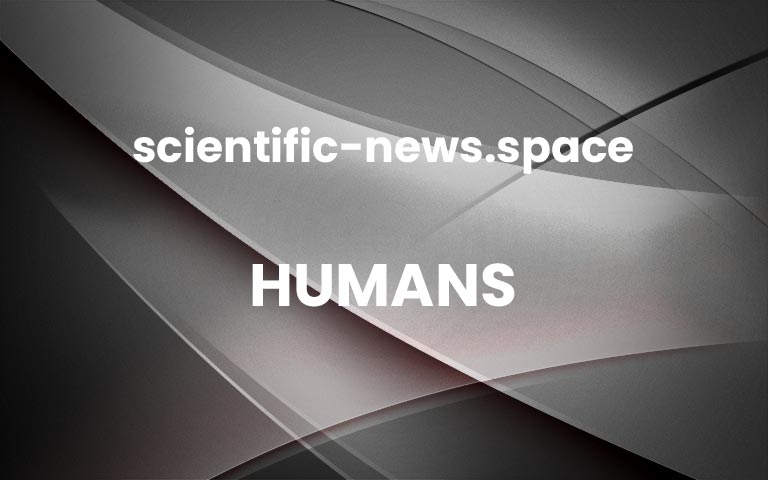The extinct straight-tusked elephant was even larger than modern African elephants, making it unclear if Neanderthal hunters could take one down, but a newly analysed trove of bones suggests it was possible
Humans
1 February 2023
By Clare Wilson
A reconstruction of the straight-tusked elephantLUTZ KINDLER, MONREPOS
Neanderthals regularly hunted and butchered elephants in Europe thousands of years ago, according to an analysis of marks made by stone tools on a trove of bones.
The find suggests the ancient humans either lived in larger groups than previously suspected or that they had ways of processing the flesh so it didn’t spoil, says Wil Roebroeks at Leiden University in the Netherlands, given the amount of meat involved. “These elephants are really big calorie bombs.”
There has long been debate over whether Neanderthals, distant cousins of modern humans, could have hunted the straight-tusked elephants (Palaeoloxodon antiquus). These extinct giants stood 4 metres tall, making them larger than modern African elephants and woolly mammoths.Advertisement
To find out more, Roebroeks’s team took a closer look at elephant bones found alongside other animal remains and stone tools in a quarry near Halle, Germany, which was dug out from the 1980s. The bones have been dated to about 125,000 years ago, when Neanderthals were the only humans known to be in the area.
The remains were from more than 70 elephants, with a few found as nearly complete skeletons. The marks left on the bones suggest the animals were thoroughly butchered to obtain every last scrap of meat and fat – including, for instance their brains and all of the bulky fat pads in their feet.
There were also few gnaw marks left by scavenging carnivores, suggesting little food was left on the carcass. “There’s maybe a bit of nibbling on isolated vertebra, but most of these remains were so clean they weren’t attractive for carnivores,” says team member Lutz Kindler at the Museum for Human Behavioural Evolution in Neuwied, Germany.
The team has calculated that all the flesh from one of the elephants would have fed about 100 adults for a month. Some researchers have previously suggested that Neanderthals lived in fairly small groups of up to about 25 people, based on factors such as the size of their caves or analysis of their footprints. “There’s a perception they lived in small groups, but when you look for the evidence, there’s nothing,” says Clive Finlayson at the Gibraltar National Museum, who wasn’t involved in the new study.
If a smaller group of, say, 25 people had killed an elephant, they would have had to spend about three to five days working to strip the carcass of flesh and processing it so that it wouldn’t spoil, for instance by drying or smoking it, says Roebroeks. The marks on the bones mean the meat wasn’t simply left to rot once the Neanderthals had eaten their fill.
The team found a higher proportion of male and older elephants among the remains, suggesting that the Neanderthals were specifically targeting these animals, rather than scavenging from ones that had died of natural causes.
This makes some sense, as in modern elephants older males tend to live alone. Targeting loners would making hunting easier, says Roebroeks, as they could be driven into traps or muddy shores. “Large mammals are [easier] to kill as long as you are able to limit their mobility, and then they are finished off with spears,” he says.
Previous work has shown that Neanderthals may have cleared forests in the region where the bones were found, which also supports the idea they lived in larger groups.
Sign up to Our Human Story, a free monthly newsletter on the revolution in archaeology and human evolution
More on these topics: More


